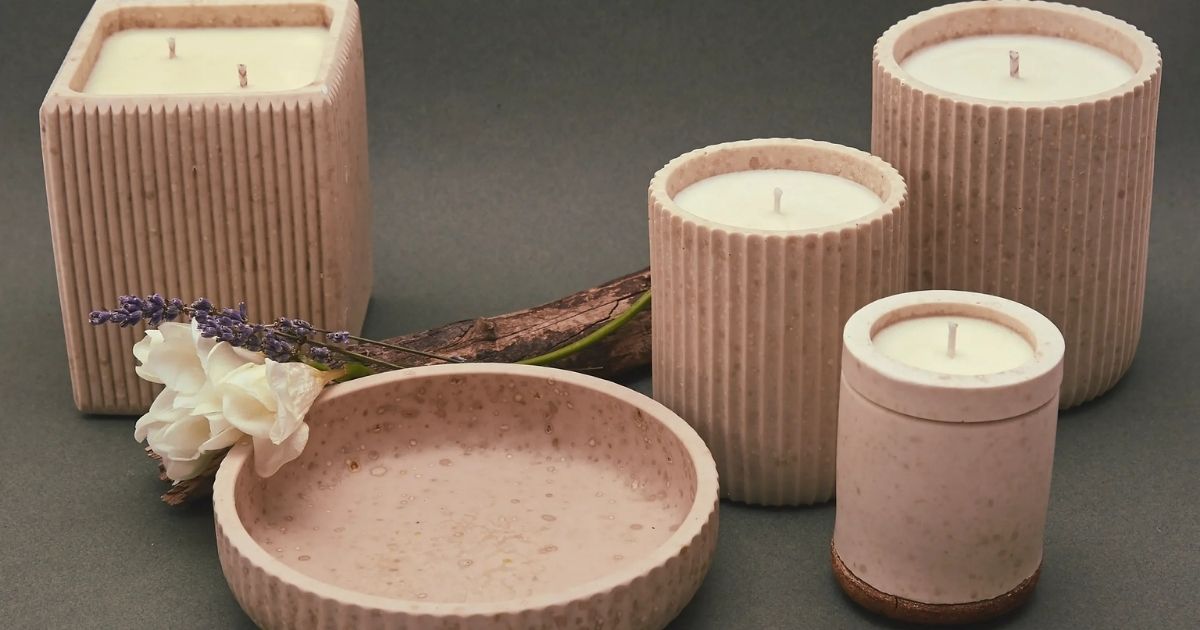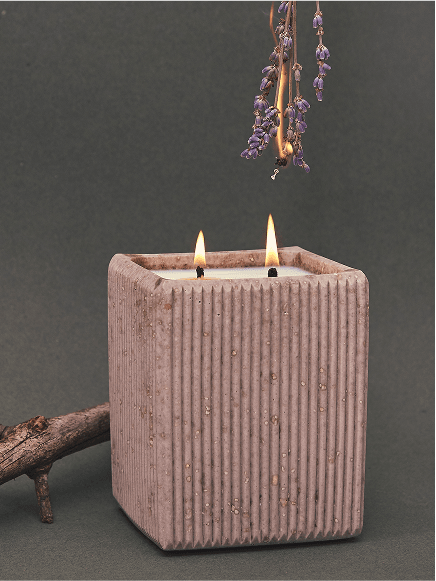Your cart is currently empty!
Bioceramic: The Sustainable Material Transforming Modern Design

In the world of sustainable design, innovative materials are shaping a more conscious future. Bioceramic — made from natural resources and organic waste — is redefining beauty, functionality, and environmental responsibility.
At Novapedra, this concept becomes art: each piece merges nature and technology to create unique, sensory-driven objects that transform spaces and inspire a deeper connection with the planet.
Table of contents
What is Bioceramic and Why Is It the Future of Sustainable Design?
As the world moves toward more sustainable living, bioceramic emerges as a revolutionary alternative to traditional materials. This innovative material represents the perfect fusion between science, craftsmanship, and respect for nature.
Novapedra’s bioceramic, for instance, is made from orange peels and other organic waste — giving new life to what would otherwise be discarded.
The result is a strong, versatile material with a natural yet contemporary aesthetic.
Beyond its beauty, bioceramic embodies a new way of understanding design: functional, sustainable, and emotional. Each piece is crafted to awaken the senses, evoke calm, and remind us that true luxury can exist in harmony with nature.
Benefits of Bioceramic Compared to Traditional Materials
Bioceramic is more than a decorative material — it’s a conscious response to the environmental challenges of modern industry.
Among its main advantages are:
- Sustainability: By repurposing organic waste such as orange peels, it reduces both carbon footprint and material waste.
- Low energy consumption: Its production process requires far less energy than traditional ceramics.
- Durability and lightness: Strong yet lightweight, it’s ideal for contemporary interiors and versatile applications.
- Aesthetic versatility: It adapts beautifully to minimalist, natural, or artisanal design styles.
These qualities make bioceramic a perfect choice for interior design, eco-friendly wall coverings, and even aromatherapy and home scent collections.
Applications in Eco-Friendly Interior Design
The use of bioceramic extends far beyond decorative objects. Its texture, tone, and strength make it ideal for eco wall finishes, lamps, trays, diffusers, or even sculptural elements.
In interior spaces, it adds a sophisticated organic touch that perfectly complements styles such as Japandi or Wabi-Sabi, where natural imperfection and balance are key.
To incorporate bioceramic into your home is to embrace a lifestyle of conscious design, where every object tells a story of innovation and respect for the environment.
Innovation and Craftsmanship in Spain: The Novapedra Example
Based in Barcelona, Novapedra brings this philosophy to life through a unique process that combines traditional craftsmanship with low-energy innovation.
Each candle, bowl, or keyring from their collection blends art, sustainability, and sensoriality, designed to evoke a connection with nature through touch, scent, and design.
The use of orange peels as a core material is not just an aesthetic choice — it’s a statement of intent. It symbolizes a commitment to the circular economy and a belief in design that gives back to the planet.
How Bioceramic Is Made from Orange Peels
The process begins with the collection of organic residues — mainly orange peels — which are dried, ground, and combined with natural binders.
Through an innovative low-energy method, a moldable material is created that preserves both the aromatic and tactile qualities of its botanical origin.
The result is an eco-ceramic with a unique identity, where each piece carries its own scent and texture — a signature of natural authenticity.
Beauty, Sustainability, and Conscious Creation
Bioceramic represents a new era in design — one where aesthetics meet ethics, and every object invites reflection on our relationship with nature.
From its studio in Barcelona, Novapedra leads this movement, proving that contemporary luxury can be responsible, functional, and deeply human.



